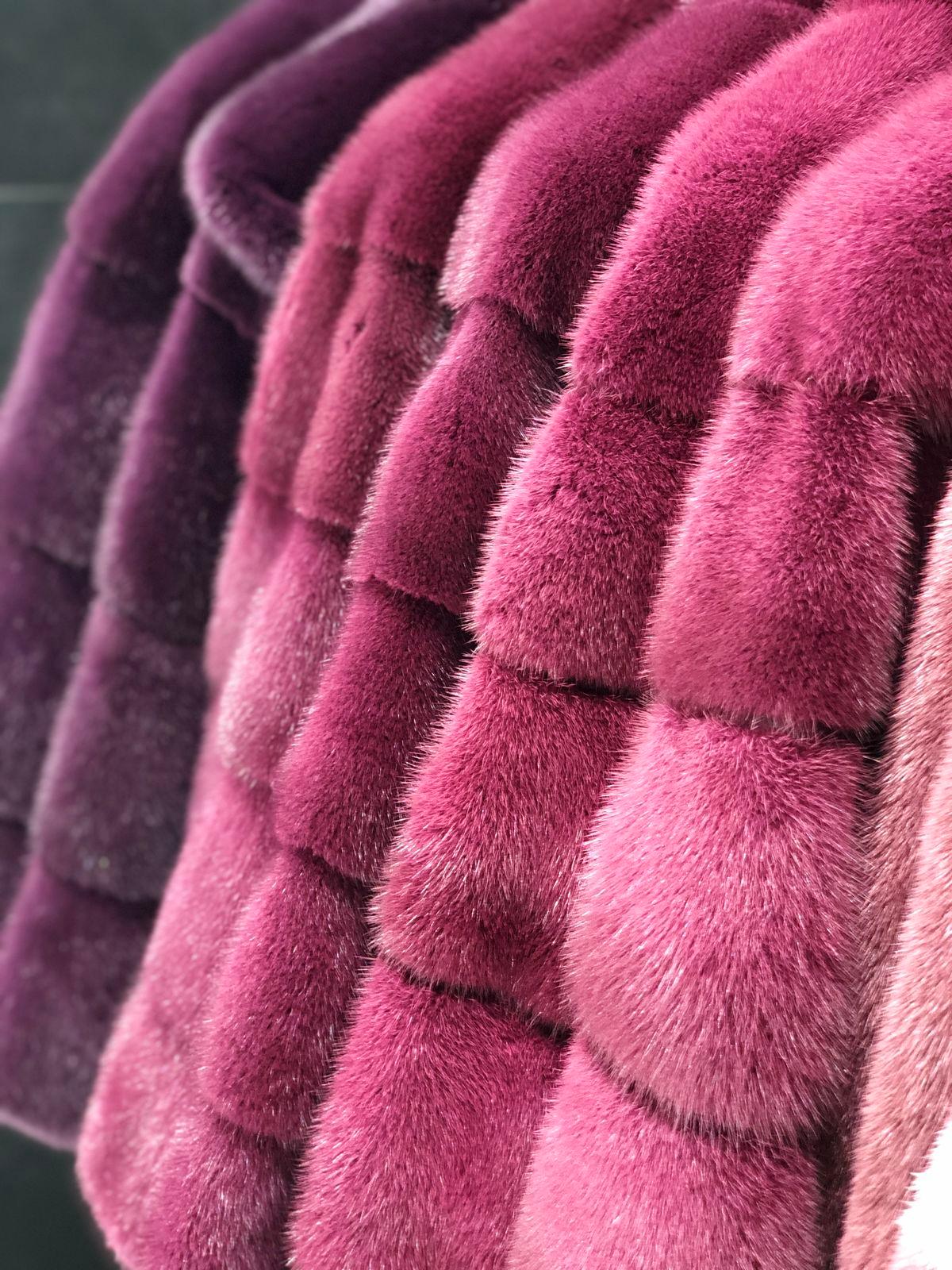
Dressing, dyeing and processing fur
Working with fur is a delicate craft, that requires patience and the right amount of passion. For those who wear fur, it is sometimes good to know how their fur has been processed and which, if any, chemicals that has been used. The skins that we use at Natures Collection comes from all over the world, but before they become part of our collection, they are bought at Kopenhagen Fur.
Kopenhagen Fur is the world’s largest fur auction house and owned by the Danish Fur Breeders. Then they go to the dressing houses, where they are processed. Kopenhagen Fur makes sure, that these dressing houses are sustainable, and they keep finding new ways to make the process even more sustainable.
When a skin is processed, there are four main steps to go through.
Tanning
1) The first step in this exciting process is tanning the pelt. This is also called ‘dressing’. You soak the pelts in a tanning solution. When dealing with fur, this process must be done with care and gentle hands to protect the hair follicles. This is also called ‘fur dressing’.
The main chemicals, that are used to this dressing of fur pelts are table salt, water, alum salts, soda ash, sawdust, cornstarch, lanolin and other natural ingredients. We also use gentle acids like vinegar to activate the tanning process. While this is done, modern environmental protection controls ensure that there are no harmful effluents.
When dressing a fur, you make sure that it will remain soft and pliable for many years without deterioration. When the pelts are removed from the tanning vats, natural oils, like lanolin, are added to the leather side. This makes the pelts soft and supple.
Fleshing
2) When the fur is done with dressing, we move to the next step in this process. This I ‘fleshing’ which means that a revolving blade is used to scrape away fat and excess leather. When we do this, the leather becomes more light weight and pliable. All the natural fats are removed, and the fur is cleaned, so it is ready for the next step.
Drumming
3) The next step in this process is to place the furs into large revolving drums with hardwood sawdust, to remove excess grease and soften the pelts even more. This is called ‘drumming’.
Manufacturers and designers
4) When the pelts are dry, they are ready to be sent to the designers and manufacturers around the world. There has been a lot of work done to make the fur pelts lighter weight. This makes it an easier material to work with and this makes it easier for the designers to meet the consumer’s needs. Fur is so supple, flexible and lightweight today – there is nothing you cannot do with it!



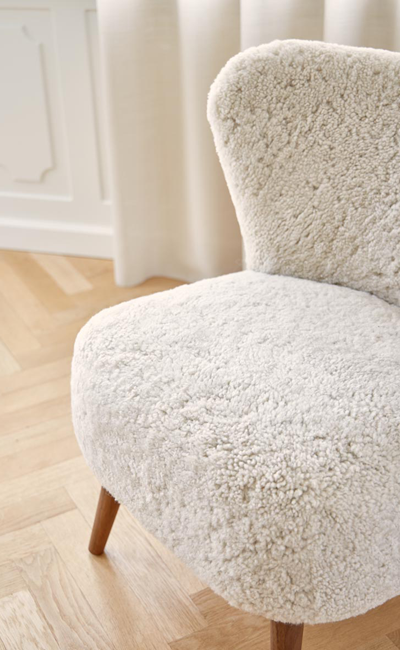
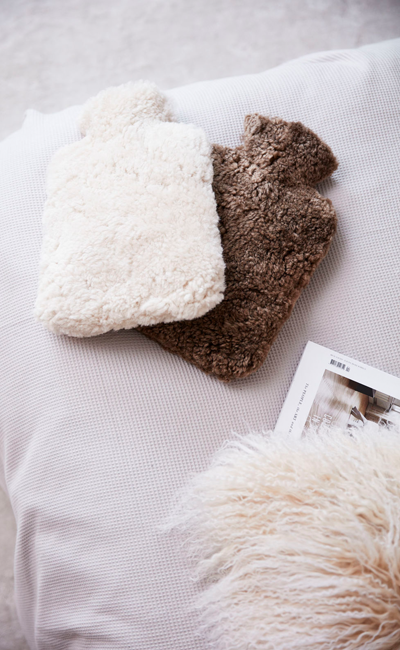
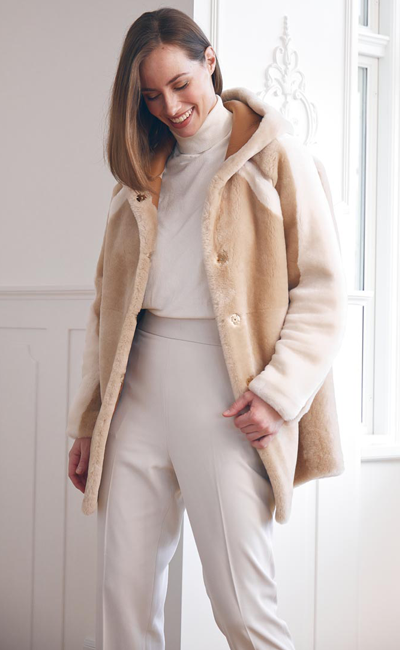
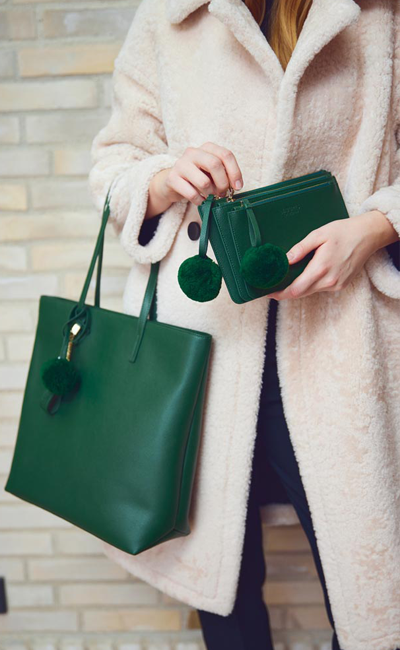
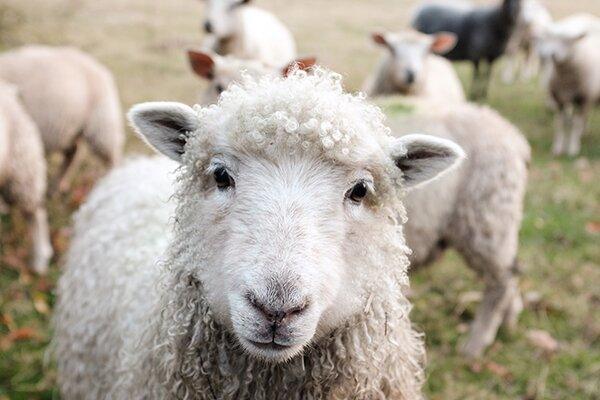
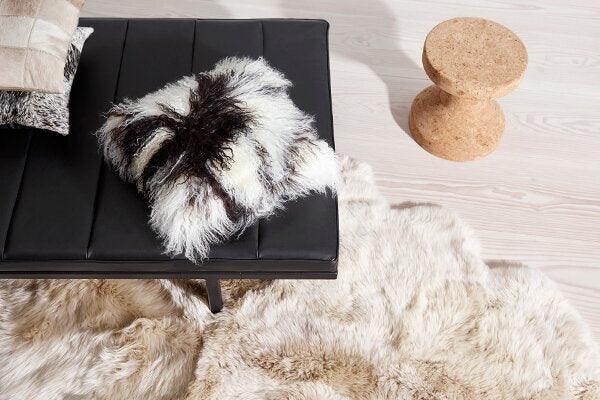
Leave a comment
This site is protected by reCAPTCHA and the Google Privacy Policy and Terms of Service apply.